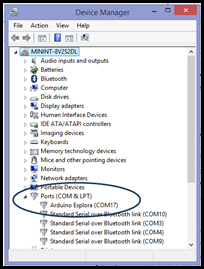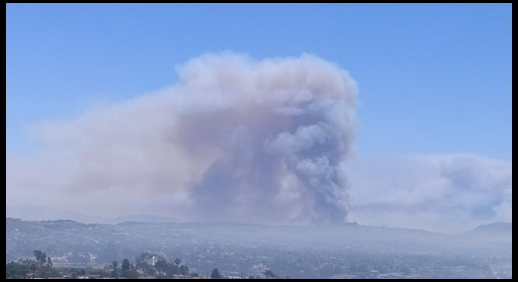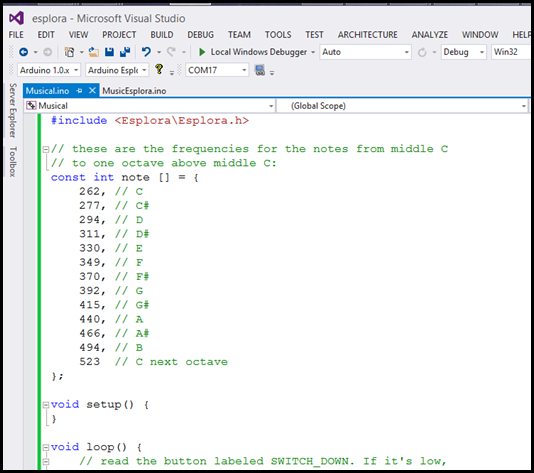Internet of Things: Esplora Arduino as an inexpensive sensor
It’s pretty hot here in SoCal right now, and there are clouds of flames just down the street, as you can see, no threat to my home, that is actually about 5 miles away, and that is the whole of Dana Point, Parts of San Juan Capistrano and San Clemente between my house and the flames. But the ash fall is pretty intense right now. This got me to thinking: What about sensors, could I measure the ash fall? It isn’t too small though, my fire detector system isn’t going off, so I don’t need to use the Americium element from a fire detector (yes there is a radioactive component in most fire detectors).
(Note you will need to scroll down to see the juicy stuff in the blog… I just had to share this image, we really don’t get much in the way of weather around here.)
Well the Esplora Arduino is one way to get sensors set up and ready to use. The problem I have with the esplora is that if you use the open source IDE, it isn’t easy to get it to take a program. The UNO is easy to program, and the spark core is VERY easy to program, but the esplora not so much. Unless I use VisualMicro, then it is easy to program, works every time.
Ok let’s get started:
- You will need an Esplora, I got mine at Radio Shack, Amazon is the same price, but you have to pay for postage. If you can wait, then https://www.sparkfun.com is a good source. The cheap source for arduino devices https://www.dx.com does not have the esplora, sad.
- If you are a student get a copy of Visual Studio Pro through DreamSpark.com, then go to https://www.visualmicro.com/ and install the Visual Micro add-in. To get to the sketch project you use >>>>File New Sketch Project<<<<
- You can get interesting code to use from: https://www.arduino.cc
- https://arduino.cc/en/Reference/EsploraLibrary
- Examples: https://arduino.cc/en/Tutorial/HomePage, about half way down the page
- Copy and paste the code from: https://arduino.cc/en/Tutorial/EsploraMusic
- Check your Com Ports using the Device Manager

- Your code should like this:
But what about a temperature sensor? See my next blog.


